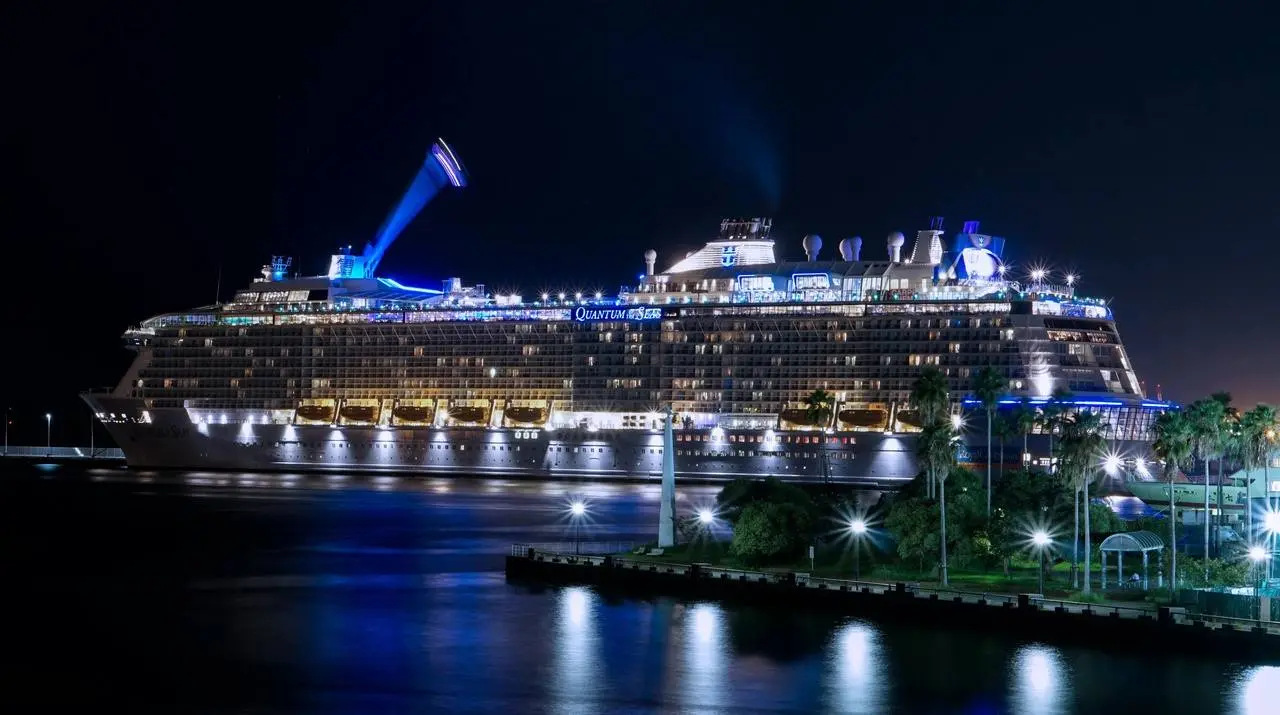Introduction
Cruise ship trackers play a crucial role in enhancing maritime safety. By providing real-time data and comprehensive monitoring capabilities, these tools help prevent accidents, facilitate quick responses to emergencies, and ensure compliance with safety regulations. This article explores how cruise ship trackers contribute to a safer maritime
environment.
Real-Time Monitoring
One of the primary benefits of cruise ship trackers is real-time monitoring. These systems use AIS (Automatic Identification System) and satellite technology to provide up-to-the-minute information on a ship's location, speed, and heading. This continuous stream of data is essential for:
- Collision Avoidance: By tracking the positions of nearby vessels, ships can adjust their courses to prevent collisions.
- Route Optimization: Real-time data helps in planning and adjusting routes to avoid adverse weather conditions and navigational hazards.
- Incident Response: In case of an emergency, such as a medical issue or mechanical failure, immediate location data allows for quick deployment of rescue services.
Enhancing Operational Safety
Cruise ship trackers also enhance operational safety by providing detailed information on ship performance and environmental conditions. Key aspects include:
- Engine Monitoring: Trackers can monitor engine performance and alert operators to potential issues before they become critical.
- Weather Tracking: Integrating weather data helps ships navigate safely through storms and other adverse conditions.
- Compliance with Regulations: Continuous tracking ensures ships adhere to international maritime regulations, including those related to safety and environmental protection.
Emergency Preparedness and Response
In the event of an emergency, cruise ship trackers are indispensable. They provide:
- Accurate Location Data: Precise location information is vital for coordinating rescue operations and ensuring timely assistance.
- Communication Links: Trackers often integrate with communication systems, enabling ships to send distress signals and receive guidance from shore-based authorities.
- Incident Reporting: Detailed voyage data helps in post-incident analysis, improving safety protocols and preventing future occurrences.
Environmental Protection
Cruise ship trackers also contribute to environmental safety by monitoring and minimizing the environmental impact of maritime operations. This includes:
- Emission Tracking: Monitoring fuel consumption and emissions helps ships comply with environmental regulations and reduce their carbon footprint.
- Waste Management: Trackers can help manage and document waste disposal practices, ensuring compliance with international standards.
Conclusion
Cruise ship trackers are vital tools in the maritime industry, significantly enhancing safety and operational efficiency. By providing real-time data, facilitating emergency response, and ensuring regulatory compliance, these systems contribute to a safer and more sustainable maritime environment.


Leave a Comment